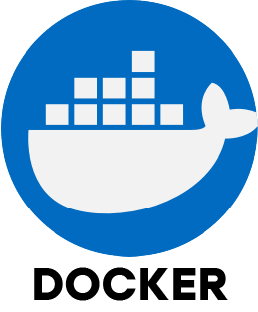1. What is the function of a Brouter?
Ans:
A Brouter works both as bridge and a router. It routes known protocols like a router and passes unknown ones like a bridge. This allows it to connect and manage multiple networks effectively.
2. What is the function of the External Gateway Protocol?
Ans:
EGP is used to share the routing data between separate network systems known as autonomous systems. It was commonly used before BGP and is now considered outdated.
3. Why is the Network Virtual Terminal used in Telnet?
Ans:
NVT provides a standard way for computers to talk during Telnet sessions. It makes sure all messages follow a common input and output format, so communication is smooth.
4. How does Hamming Code work?
Ans:
By appending extra bits to the data, Hamming Code can identify and correct minor transmission mistakes.
5. What is a Pseudo Terminal Pseudo TTY?
Ans:
A pseudo terminal acts like a real terminal for software. It helps programs like SSH work by simulating a user typing and seeing output, even though it’s automated.
6. What does BufferedWriter do and how do flush() and close() work?
Ans:
BufferedWriter writes text data efficiently in Java. flush() pushes out any remaining data and close() finishes the process and closes the writing stream properly.
7. What is stored in Stack and Heap memory in Java?
Ans:
The stack stores short-term data like variables and method calls. The heap stores the long-lasting objects. Both cooperate because heap data is frequently used by stack elements.
8. Can you override or overload staticand private methods in Java?
Ans:
Since static methods are part of this class, they can be overloaded but not overridden. Private methods can’t be overridden either. Both can be overloaded if the parameters differ.
9. How does Dynamic Loading save memory?
Ans:
Dynamic loading means only loading parts of a program when needed. This saves memory during startup and helps large applications run more efficiently.
10. What are Proactive, Retroactive and Simultaneous Updates in DBMS?
Ans:
- Proactive Update: Data is updated in advance.
- Retroactive Update: Past data is corrected.
- Simultaneous Update: Changes are made live along with current processes.





















